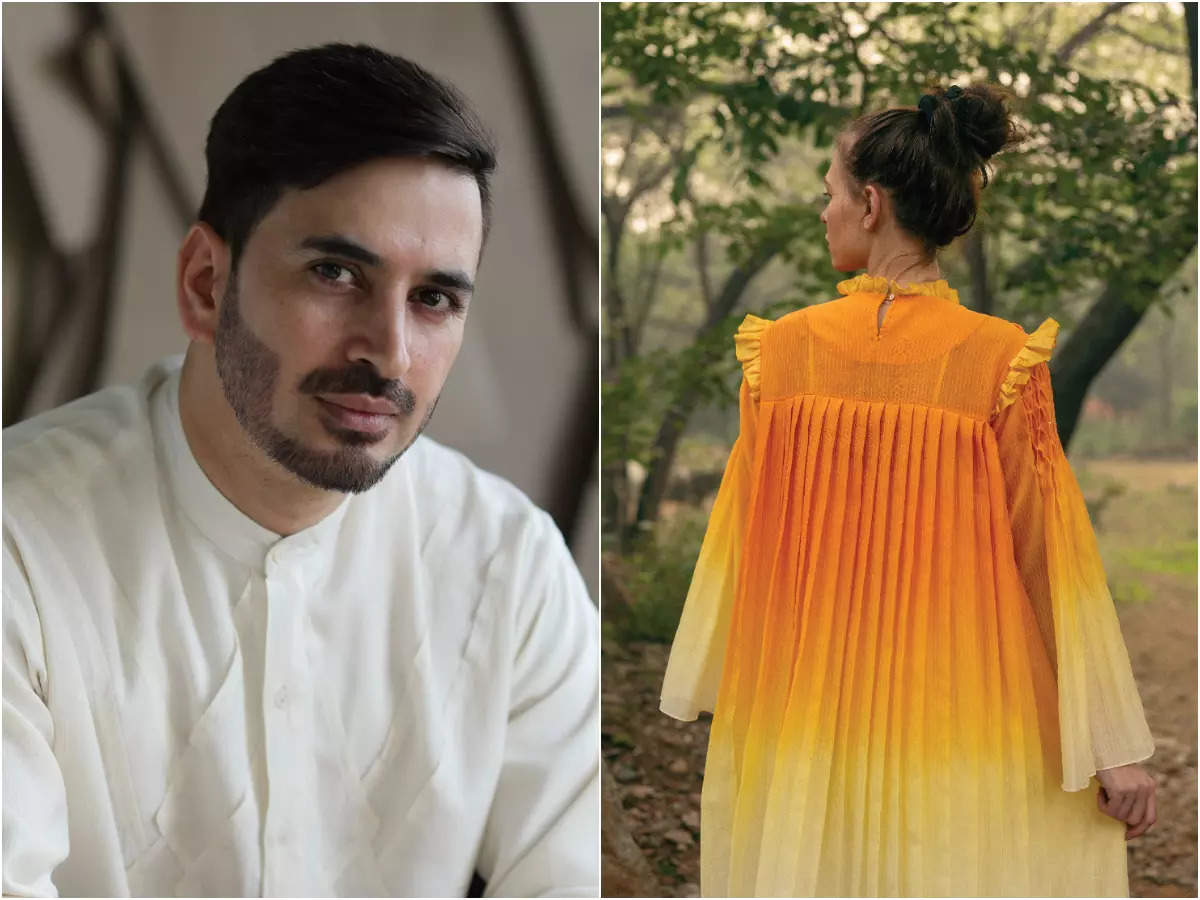
Your dwelling ground always serves as a force to inspire your work and when someone hails from a place so beautiful as Kashmir, the creative output is bound to be enticing. Designer Wajahat Rather comes from the Valley and runs a beautiful label called Raffughar in New Delhi. His designs draw a lot of influence from the art and craft of Kashmir and for his newest collection Rangrez, the inspiration comes from the khatamband woodcraft of the Valley. In a tete-e-tete, designer Wajahat Rather talks about design aesthetics and what keeps him going. Here's an excerpt.
Your new collection draws inspiration from Kashmiri architecture. Your native has always been a part of your collection. Do you believe that there are so many other forms of art and designs from Kashmir that the world is yet to see?
WR: I draw inspiration from nature, culture, and heritage and use them as contemporary design elements. My new collection Rangrez also draws from the khatamband woodcraft of Kashmir. Kashmir’s rich ensemble of traditional silhouettes and my own interest in exploring the different dimensions of the Himalayan region’s motifs and calligraphy are evident in the collections.
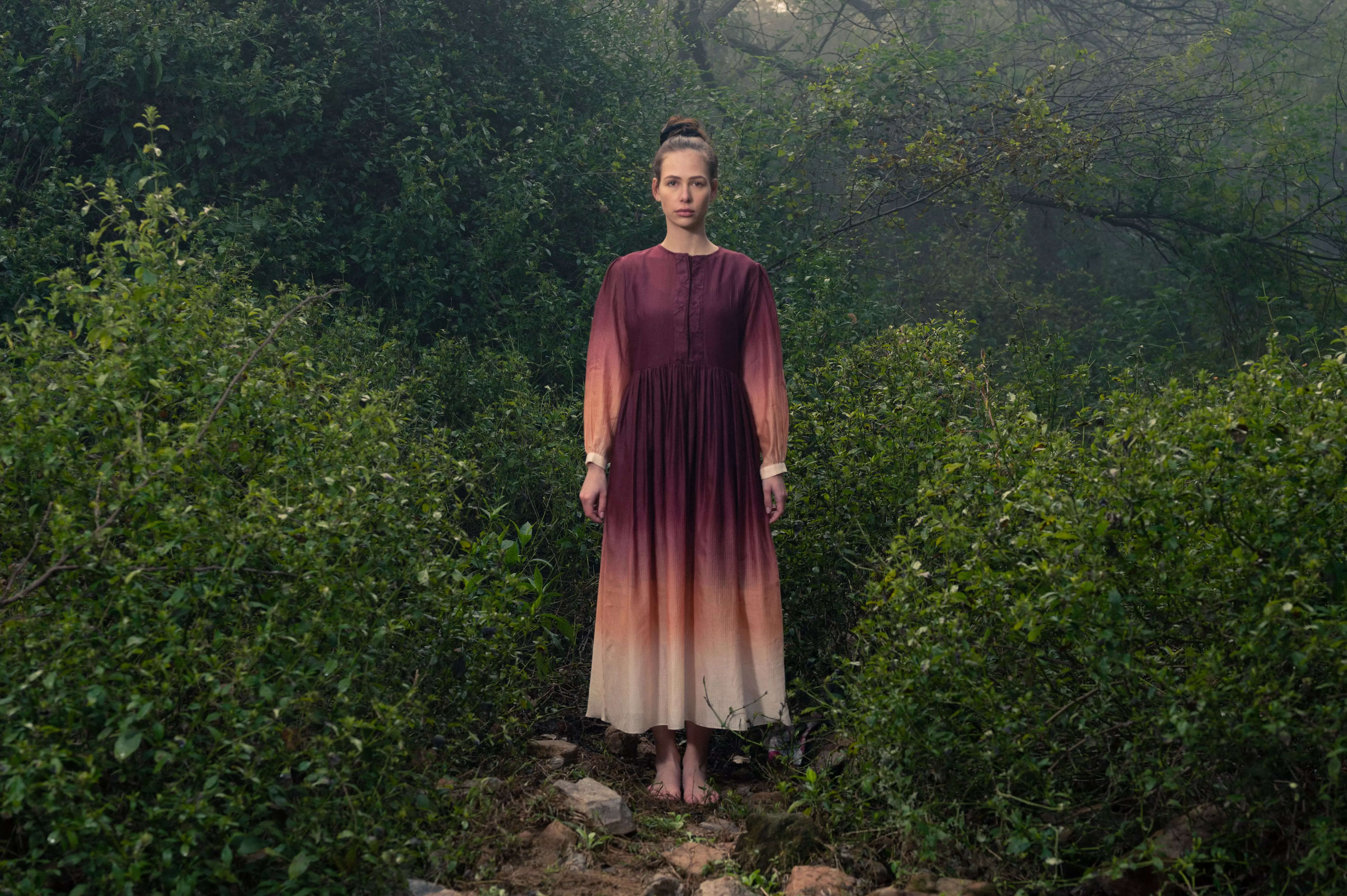
The valley is not only famous for its wonderful climate and natural beauty but also for its exquisite textile crafts. If we look up history, Kashmir was situated on one of the many caravan routes in ancient times, routes that connected to and created the Silk route. The land routes of intensive trade between China and Central Asia had people of various groups, from both sides, traveling across vast distances and engaging in trade. This ensured a cultural exchange in terms of language, craft, and other aspects of life. I believe there is a lot in Kashmir to get inspired from like landscape, culture, craft practices, and rituals to name a few.
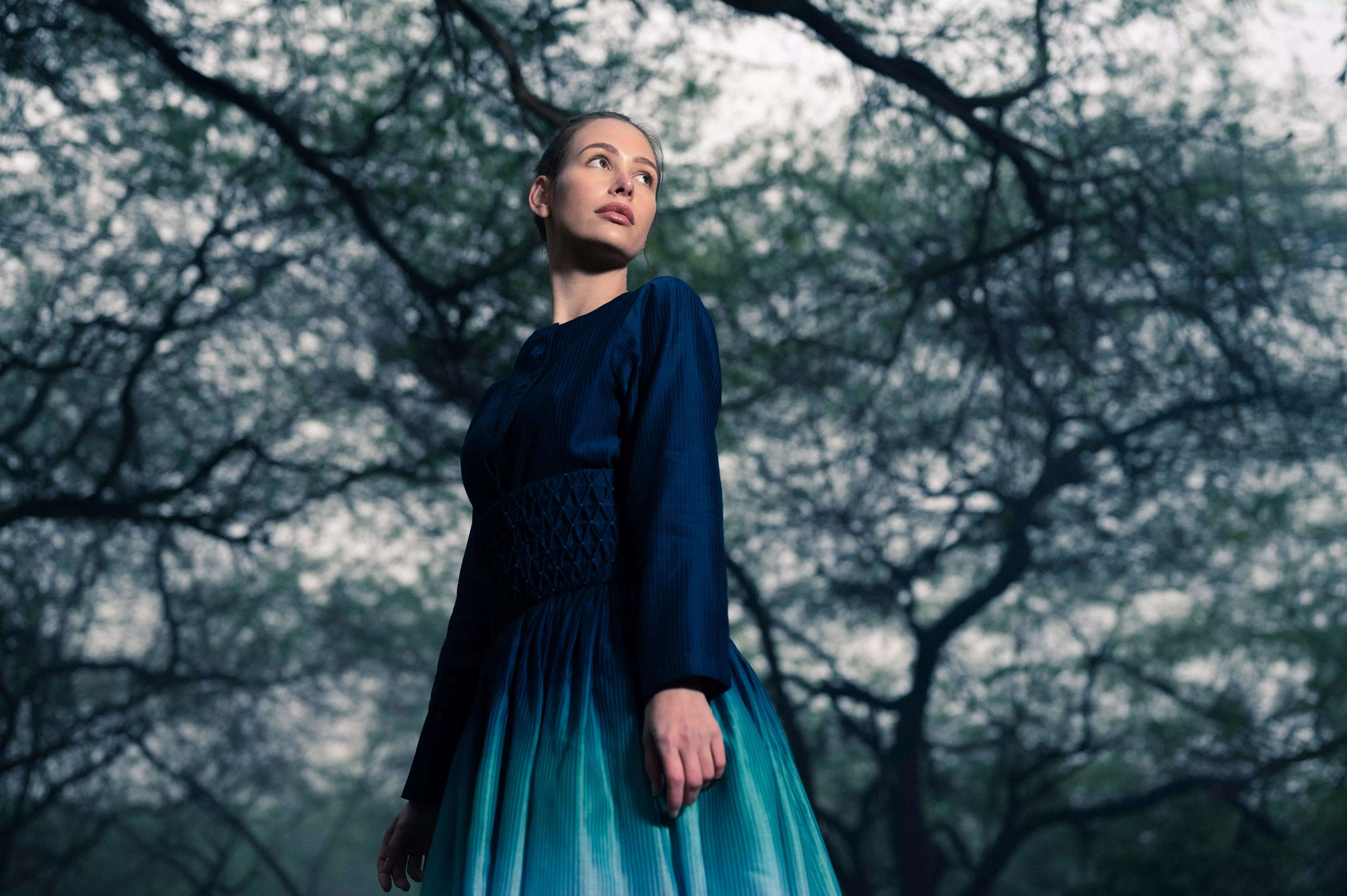
How do you think architecture and fashion go hand in hand?
WR: It is widely accepted that the relationship between fashion and architecture dates back to the earliest men who used the same material for their clothing and for shelter. This relationship has led to closer connections between the two disciplines —both fields have commonalities in their design process. Architects, as well as fashion designers, aim to create perfect, comfortable, and beautiful forms for the human body in a similar way. It is almost impossible to practice architecture separate from fashion since both arts are responsive to the individuals’ and the societies’ culture and environment. In a conceptual sense, both architecture and fashion address psychological perceptions, and spatial structures. From the visual view of point, both arts reflect the taste of the individuals who occupy those spaces, and from the materiality context, architecture and fashion have many things in common, such as the use of fabrics and materials, use of technology.
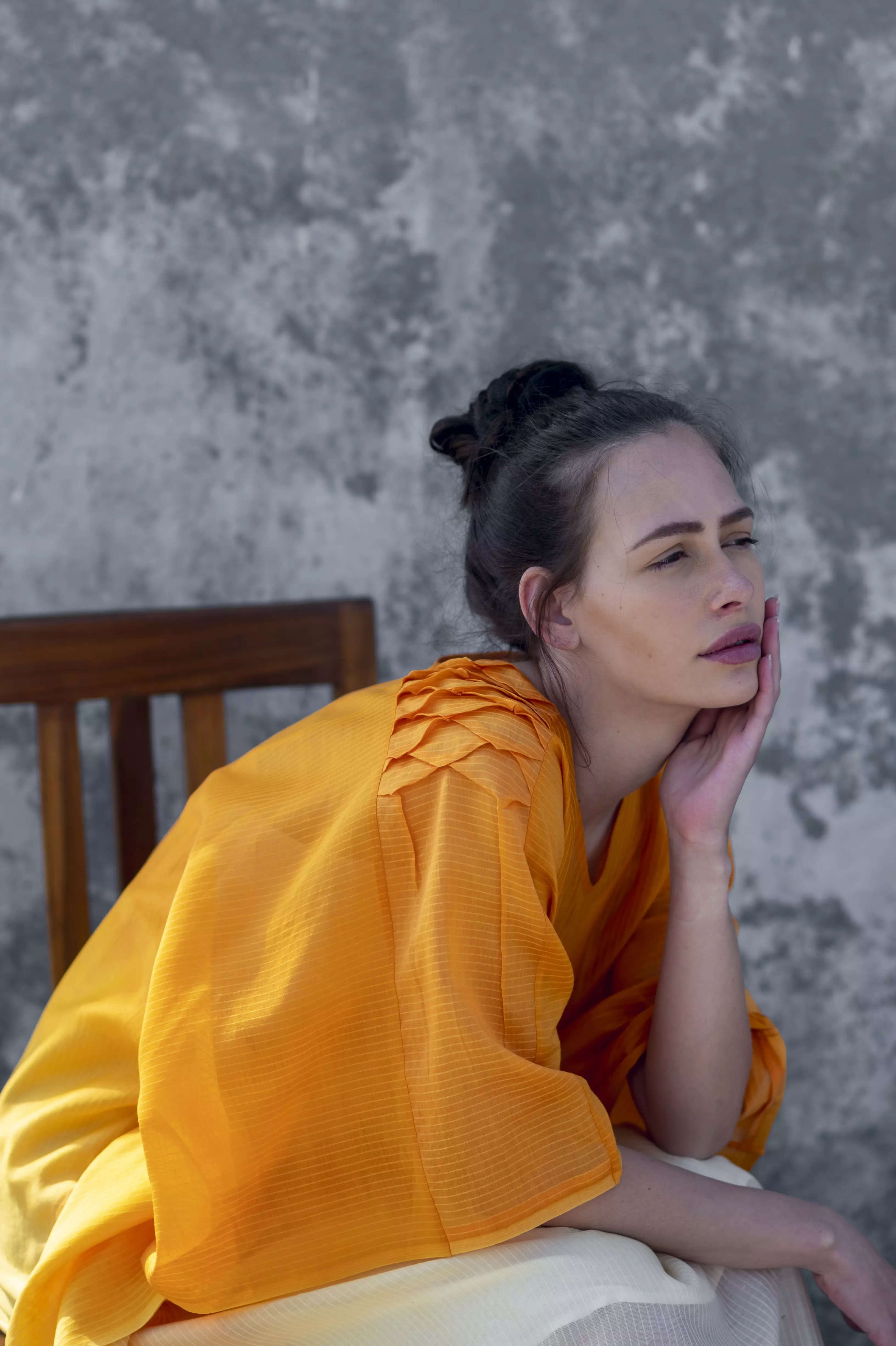
Our latest collection assimilates that thought by assembling the fragments together into textiles and closely observing the literal, symbolic, and poetic aspects of the craft. We have used techniques that thoughtfully translate them - like hand pleating and ombre dyeing.
Tell us about one of your collections that has been really close to your heart and why?
WR: It is difficult to pick up a single collection as all the pieces that I create are closer to my heart. However, my latest collection is unique in a way because the painter in me wanted to explore colours for a long time, and in Rangrez I have been able to accomplish that.
Do you believe in trends? How do you keep up your designs with the changing times?
WR: At Raffughar, we work on classic silhouettes. Most of our work is inspired by traditional and museum pieces. We want to concentrate on classic seasonless, timeless, and trendless silhouettes and aesthetics. People are now more mindful of the planet and their impact on it, and as a result, we have seen a real surge in our pre-owned and conscious categories. Seasonless fashion has become very popular; these are timeless and well-made, beautiful pieces that won’t date and can be worn from season to season.
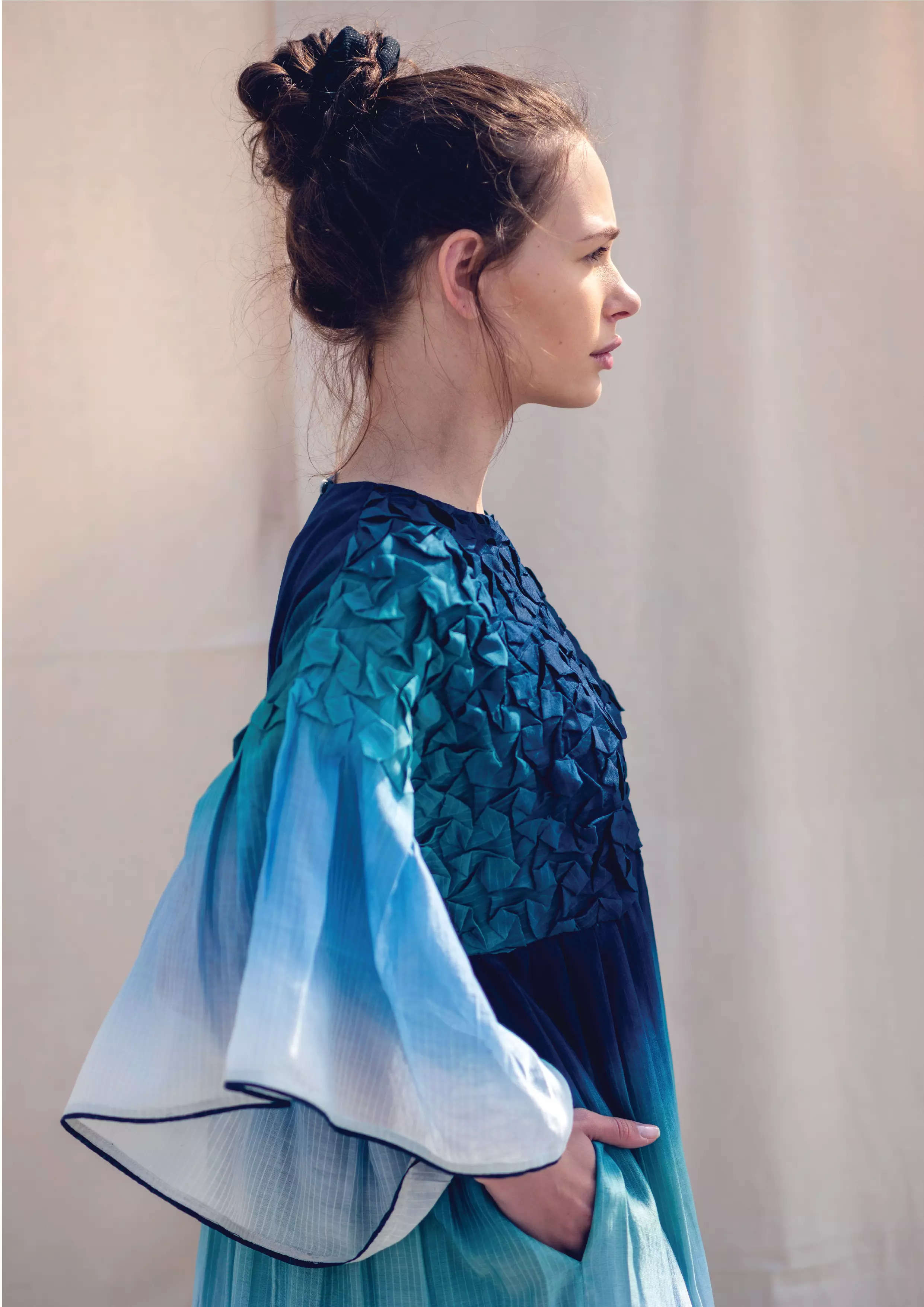
The past two years were tough for businesses, especially for those in fashion. How do you plan to move forward in the days to come in your business?
WR: The pandemic has come as a big challenge for the fashion business. It has undoubtedly been the worst year in a long time for the fashion and luxury industry. The situation is probably closer to what people must have witnessed during the Great Depression. Obviously, retailers have been closed, and that has simply impeded sales. On the other hand, leisure and casual-wear sales have seen an acceleration in the pandemic. While overall industry sales are down, we have also seen a boost and step change in digital platforms.
Challenging situations also bring opportunities with them. These are the times, people across sectors, have become creative in their respective businesses and every industry is adapting to the ‘new normal’ and being innovative.
We got an opportunity to showcase the Lakme Gen Next last year, which opened many doors for us. Raffughar has done well for itself creatively and has been acknowledged for that. This instills that confidence and faith that the Global Markets look at this industry quite positively and see a huge scope of growth in the next few years. India is a dream market for many marketers across products. Domestic consumption has been quite high the past few years due to the large population, increasing urbanization, increased disposable income, organized retail sector, etc. Pandemic is a temporary setback and our domestic fundamentals being strong, we would overcome this sooner and make way for sustainable growth in the near future.
Would you like to try your hand in couture in the coming days?
WR: As the saying goes “never say never”. As of now, we don’t have any plans to shift to couture but I have been delving into the thought of making a sustainable couture collection in the future. Once I figure out how to make couture sustainable, we may try our hands in that.






